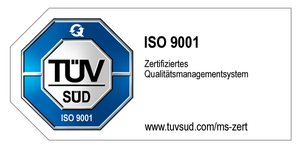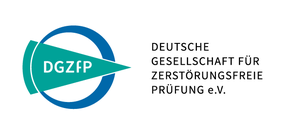Geometric Dimensioning and Tolerancing (GD&T)
Geometric Dimensioning and Tolerancing (GD&T) is an internationally recognized system for describing and controlling the geometric shape, orientation, and dimensional tolerances of components in the manufacturing industry. It provides a precise and standardized method to ensure the function and assembly of parts.
GD&T is based on a set of symbols, rules, and definitions used in engineering drawings to represent the specific requirements for the form, orientation, and dimensions of a component. The following are the key concepts and elements of GD&T:
- Geometric Tolerances: GD&T allows for the specification of geometric tolerances, which describe the acceptable deviation from the ideal geometric condition of a part. These tolerances can pertain to features such as surfaces, cylinders, cones, symmetry, roundness, straightness, parallelism, angularity, position, and other geometric properties.
- Form Features: GD&T includes various symbols and terms to describe form features such as straightness, roundness, cylindricity, and parallelism. These elements define the permissible deviation from the ideal form of the component.
- Orientation Features: GD&T enables the control of the alignment and orientation of components. This includes symbols such as perpendicularity, parallelism, and angularity. These elements ensure that parts are in the desired position relative to each other.
- Dimensioning and Positioning: GD&T incorporates symbols and terms to specify dimensional tolerances and positional relationships between components. This includes position tolerance, which ensures that parts are positioned with a specified tolerance to a datum reference plane.
- Datum System: GD&T utilizes a datum system, referred to as the datum frame, to define the alignment and positioning of components. This system consists of datum points, datum planes, and datum lines, which serve as a basis for dimensional and positional references.
- Measurement and Inspection: GD&T also specifies how the geometric tolerances should be measured and inspected. This involves using specialized measurement methods and inspection tools such as coordinate measuring machines (CMMs) or optical measurement systems to ensure that the parts conform to the specified tolerances.
The use of GD&T offers several benefits for the manufacturing industry:
- Unified Communication: GD&T enables unified and precise communication among designers, manufacturers, and suppliers. All parties can clearly understand and interpret the requirements of a part.
- Functional Assurance: By precisely controlling geometry and tolerances through GD&T, the functional assurance of parts is ensured. This is particularly important for complex assemblies where proper fit and alignment of components are crucial.
- Cost Optimization: GD&T allows for more precise definition of tolerances, leading to a reduction in scrap, rework, and errors. This can help lower manufacturing costs and enhance efficiency.
- Design Flexibility: GD&T allows designers to have more flexibility in component design as they can accurately specify specific geometric requirements. This enables the development of innovative designs without compromising functionality.
- International Standard: GD&T is an internationally recognized standard developed by various standardization organizations such as the International Organization for Standardization (ISO). This means that companies worldwide can use the same rules and symbols to create and interpret engineering drawings.
- Quality Assurance: GD&T plays a crucial role in the quality assurance of parts. By precisely defining tolerances and conducting accurate measurements, manufacturers can ensure that their products meet the required specifications and exhibit the desired performance characteristics.
- Effective Supplier Communication: GD&T enables clear communication of requirements to suppliers, facilitating collaboration and ensuring that parts from different suppliers fit together seamlessly.
It is important to note that the application of GD&T requires a thorough understanding of the symbols, rules, and definitions involved. Training engineers and technicians in GD&T, as well as utilizing specialized software and measurement tools, are critical to fully harness the benefits of this methodology.
We find the perfect solution for your project.
Contact us if you have questions to our services in the area of 3D metrology. We are looking forward supporting you in your success.



